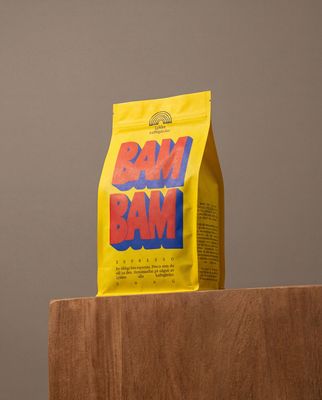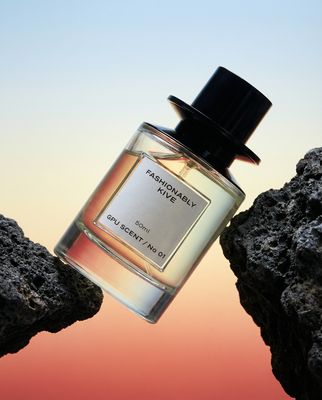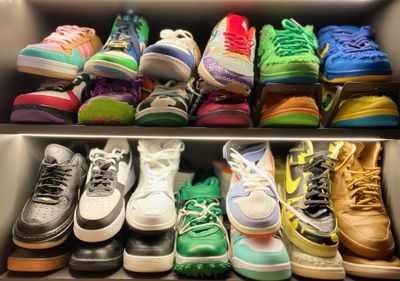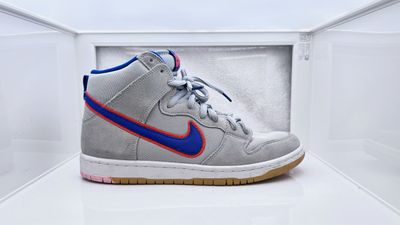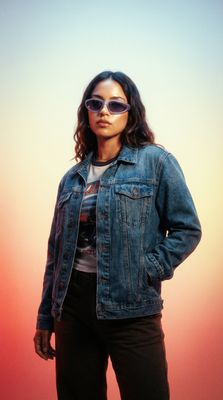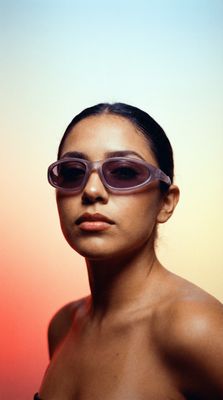Everything about the color Brown
The meaning of the color brown and color combinations to inspire your next creation.
Browse images in the color brown
What color is brown?
Brown is a warm, earthy color that resides between red and yellow on the color wheel. It is often associated with natural elements like wood and soil, providing a sense of stability and reliability.
What are similar colors to brown?
For variations within the same earthy and grounded spectrum as brown, consider:
- Beige (#F5F5DC) is a lighter, softer version of brown, offering a neutral and versatile tone.
- Taupe (#483C32) shares brown's earthy undertones but with a more muted, grayish tint.
- Tan (#D2B48C) is a lighter shade of brown, providing a warm, sandy appearance.
- Chestnut (#954535) is a rich, reddish-brown, offering a deeper, more vibrant alternative.
- Mahogany (#C04000) is a darker, reddish-brown, adding a luxurious and sophisticated touch.
What color goes with brown?
To complement brown's earthy tones, consider pairing it with:
- Teal (#008080) offers a cool, refreshing contrast to brown's warmth.
- Sage (#BCB88A) provides a subtle, muted green that harmonizes beautifully with brown's natural feel.
- Cream (#FFFDD0) softens brown's intensity with its light, airy hue.
- Peach (#FFE5B4) adds a warm, sunny tone that complements brown's earthy nature.
- Lavender (#E6E6FA) introduces a gentle, pastel contrast to brown's rich depth.
What color conflicts with brown?
To avoid clashing with brown's natural warmth, consider avoiding:
- Black (#000000) can create a heavy, overpowering look when paired with brown.
- Gray (#808080) might dull brown's warmth, leading to a lackluster combination.
- White (#FFFFFF) can wash out brown's richness, making it appear less vibrant.
- Silver (#C0C0C0) may clash with brown's earthy tones, creating a dissonant effect.
- Charcoal (#36454F) can overshadow brown's warmth, resulting in a somber palette.
What does the color brown represent?
Brown often symbolizes stability, reliability, and warmth, reflecting the grounded nature of the earth. It is associated with comfort, security, and a sense of belonging. Psychologically, brown can evoke feelings of warmth and safety, promoting a sense of calm and relaxation. It is often used in design to create a cozy, inviting atmosphere. In art and photography, brown is used to convey naturalness and authenticity, often serving as a backdrop to highlight other colors.
What's the history of brown?
The name "brown" comes from the Old English word "brún," which referred to any dark shade. Historically, brown pigments were derived from natural sources like clay and earth, making it one of the earliest colors used in art and decoration. In medieval times, brown was associated with humility and poverty, often worn by monks and peasants. In modern times, brown is celebrated for its versatility and natural appeal, frequently used in fashion, interior design, and branding to convey warmth and reliability.
Color Variations
Shades
Tints
Hues
Color Palettes
Monochromatic
Complementary
Analogous
Triadic
Tetradic
Images with brown color
Color Conversions
#A52A2Argb(165, 42, 42)rgb(65%, 16%, 16%)0, 75, 75, 35hsl(0, 59%, 41%)0, 75, 65#A52A2A38, 50, 3117, 10, 338, 58, 3210100101, 00101010, 00101010Color(red: 0.6470588235294118, green: 0.16470588235294117, blue: 0.16470588235294117)UIColor(red: 0.6470588235294118, green: 0.16470588235294117, blue: 0.16470588235294117, alpha: 1.0)Color(0xFFA52A2A)
